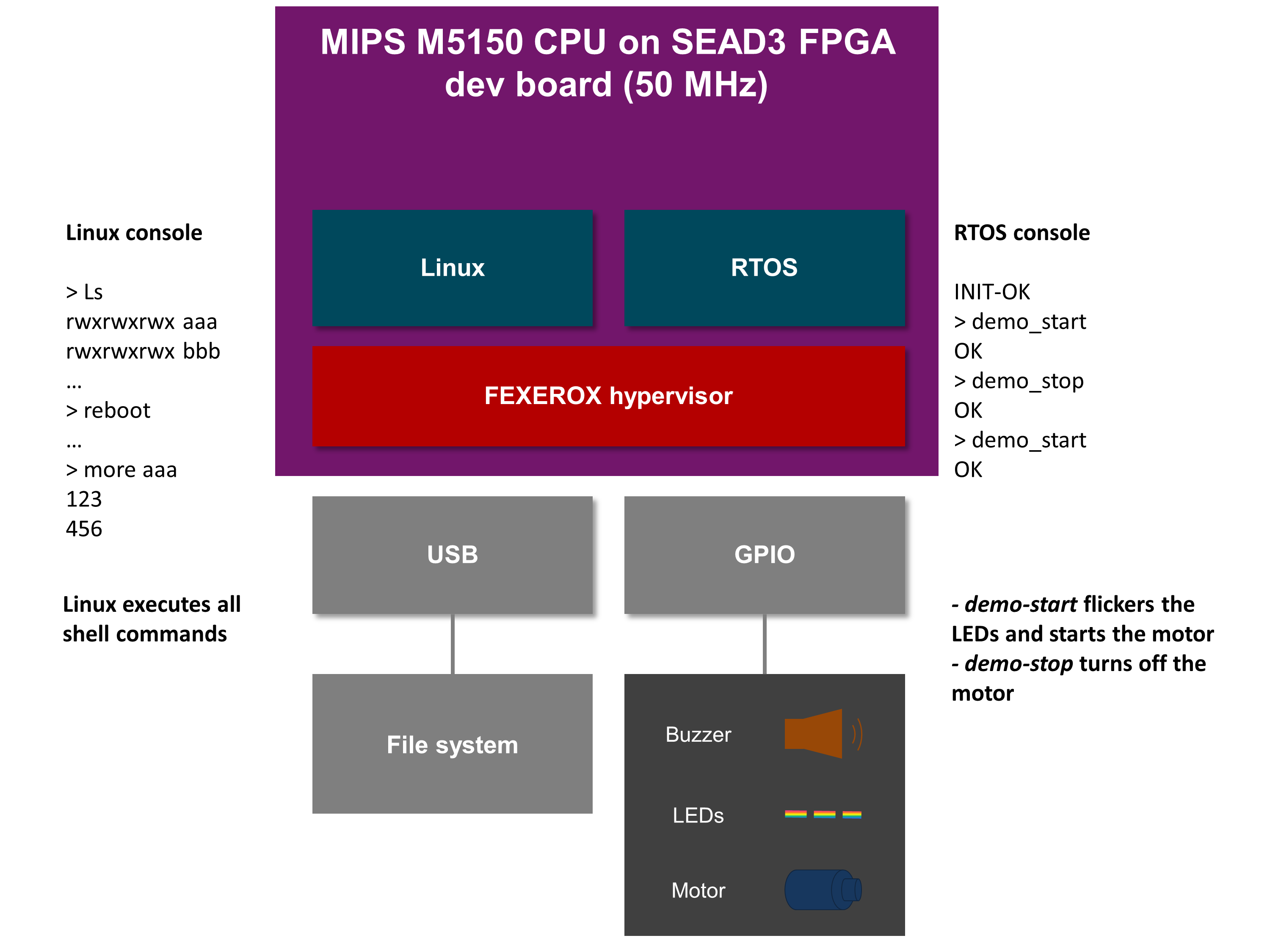Imagination And SELTECH Announce FEXEROX Hypervisor For MIPS MCUs
MCUs (microcontrollers) are becoming increasingly more advanced lately, and Imagination has even launched one that supports hardware virtualization, making it the world's first MCU to support virtualization.
There are multiple benefits of hardware virtualization. For instance, the feature is popular with hosting services that can host multiple websites on the same machine, using a VM for each. Another benefit of virtualization is for security. You can completely separate two environments from each other to ensure that if one is infected by malware, the other is still completely safe.
We've begun seeing this even with smartphones over the past few years. Some manufacturers, including Samsung and BlackBerry, are selling devices that can have separate personal and work environments.
Virtualization can improve security even at lower levels, creating trusted execution environments only for certain tasks, such as protecting banking data, fingerprint data, or any other type of sensitive information from malware.
One place in which this is useful is in automotive electronics, where you need a real-time OS to run the basic functions of the car. Those functions must not, under any circumstances, fall prey to malware, because that could literally endanger people's lives. Then, a "regular" OS with an interface can be used for less critical media functions, navigation software and so on.
The FEXEROX hypervisor from SELTECH can now execute two such operating systems, such as Linux and uiTRON (a real-time OS), completely isolated from each other on top of the MIPS M5150 microcontroller. As you can see in the image above, the two operating systems can execute commands independently without affecting each other. Rebooting one has no effect on the other.
“We are delighted that we have been able to work with SELTECH to create a compact yet powerful hypervisor for MIPS," said Alexandru Voica, a spokesperson for Imagination, in a recent blog post. “FEXEROX delivers amazingly small code size (32 KB); when combined with the performance efficiency of MIPS M5150, it represents a major advantage in the area of embedded systems."
Get Tom's Hardware's best news and in-depth reviews, straight to your inbox.
Follow us @tomshardware, on Facebook and on Google+.
Lucian Armasu is a Contributing Writer for Tom's Hardware US. He covers software news and the issues surrounding privacy and security.


